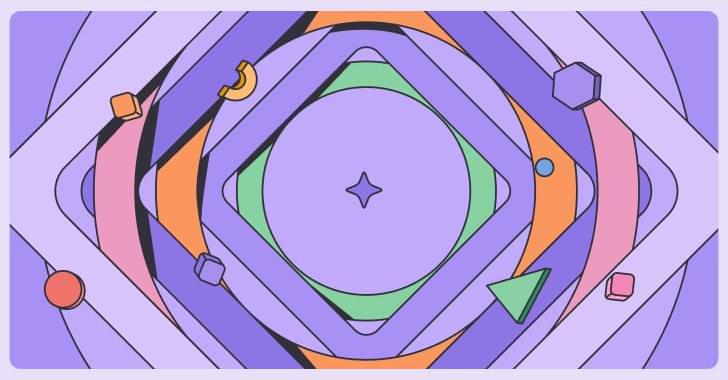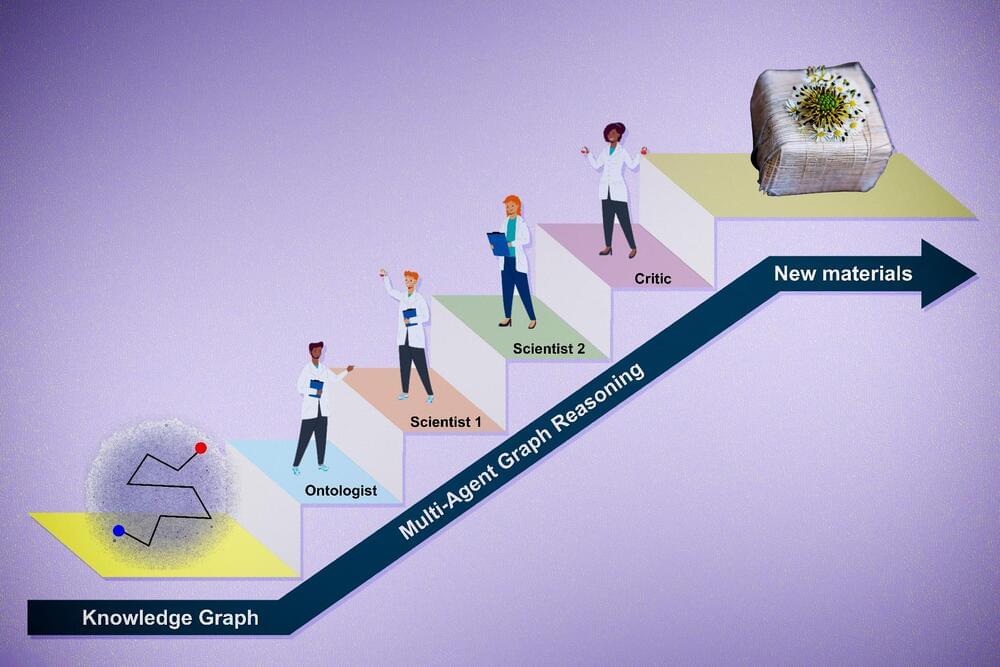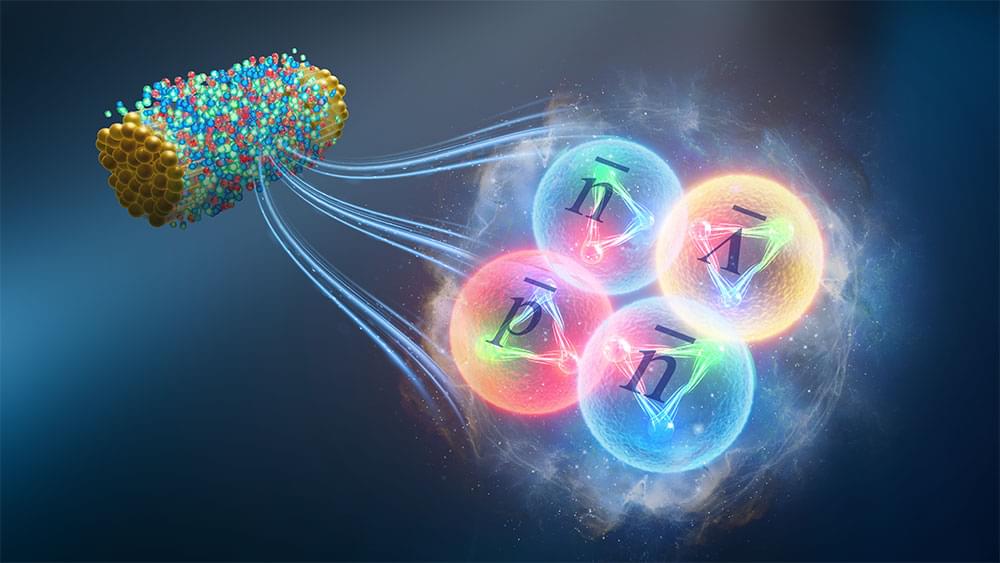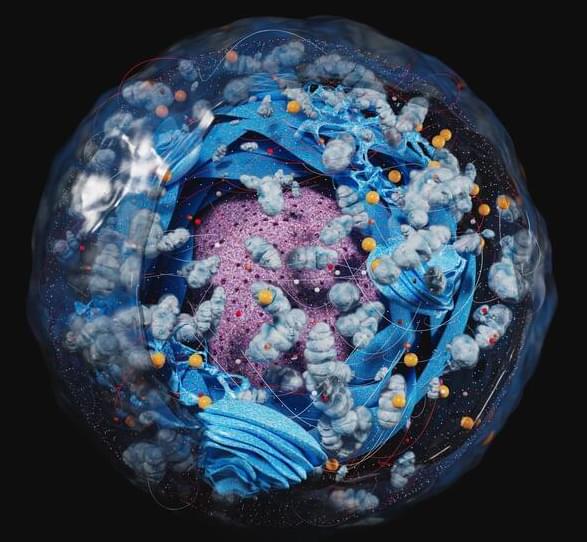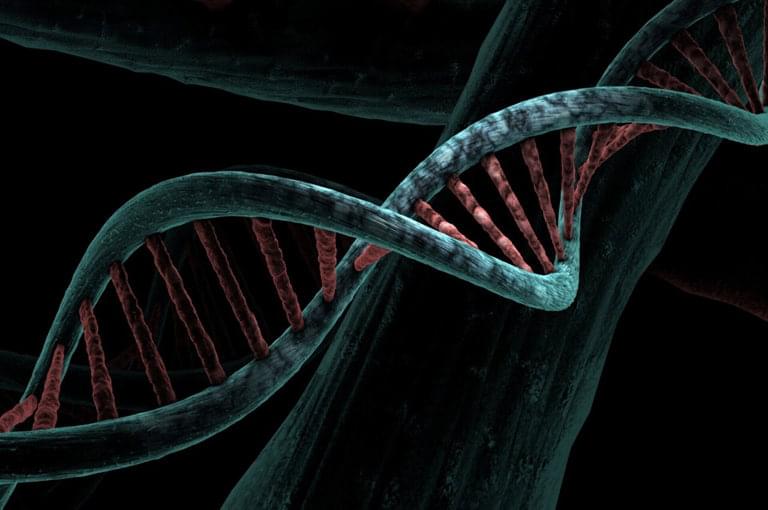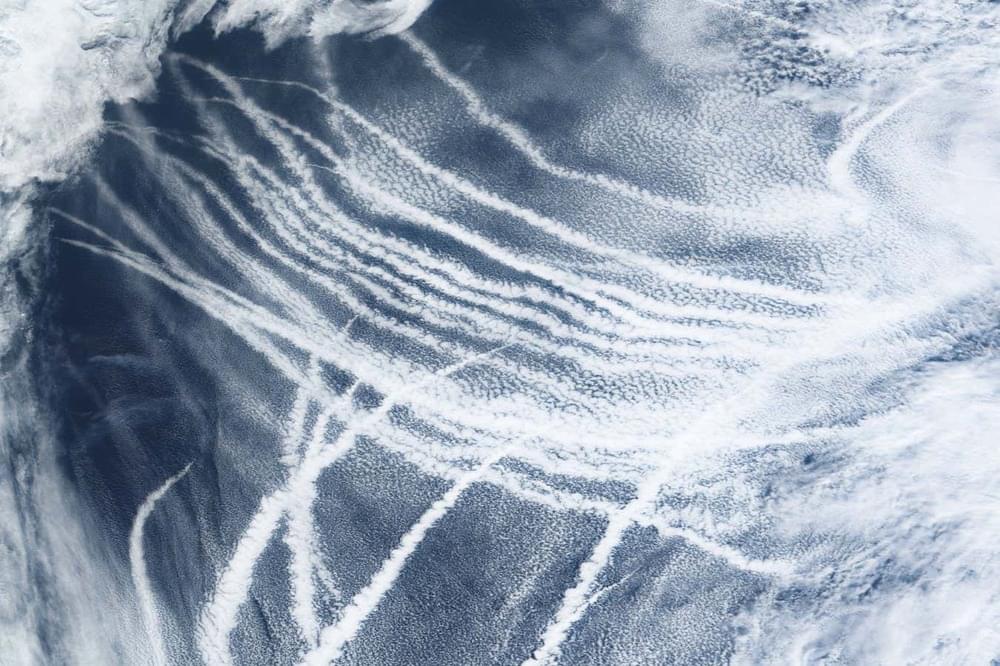Run by the team at orchestration, AI, and automation platform Tines, the Tines library contains pre-built workflows shared by real security practitioners from across the community, all of which are free to import and deploy via the Community Edition of the platform.
Their bi-annual “You Did What with Tines?!” competition highlights some of the most interesting workflows submitted by their users, many of which demonstrate practical applications of large language models (LLMs) to address complex challenges in security operations.
One recent winner is a workflow designed to automate CrowdStrike RFM reporting. Developed by Tom Power, a security analyst at The University of British Columbia, it uses orchestration, AI and automation to reduce the time spent on manual reporting.
